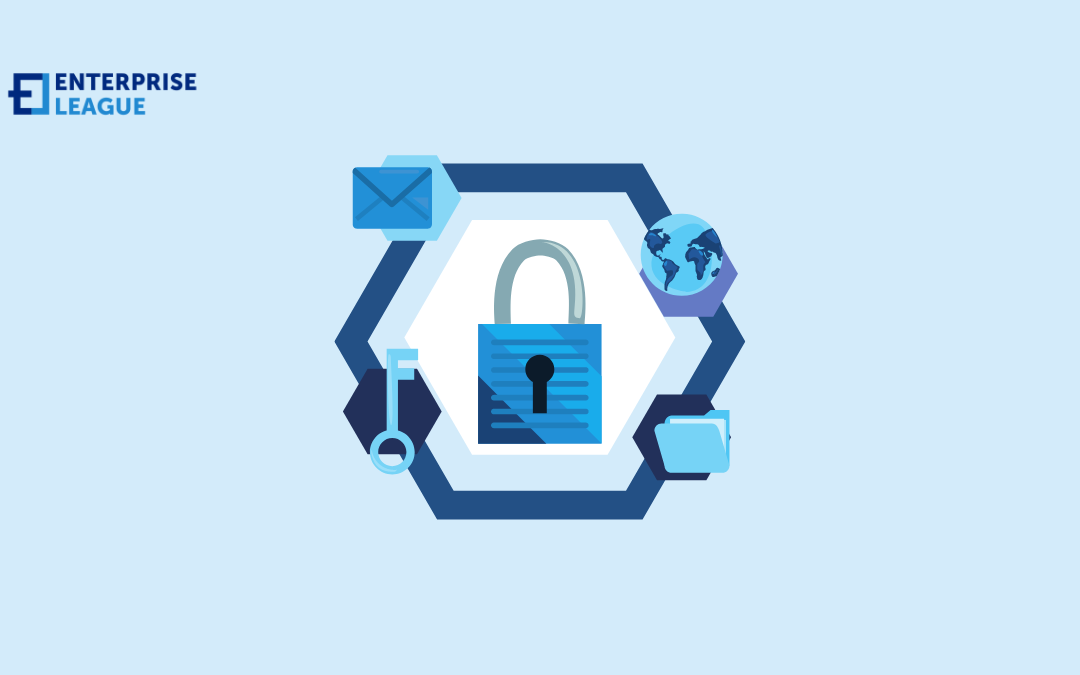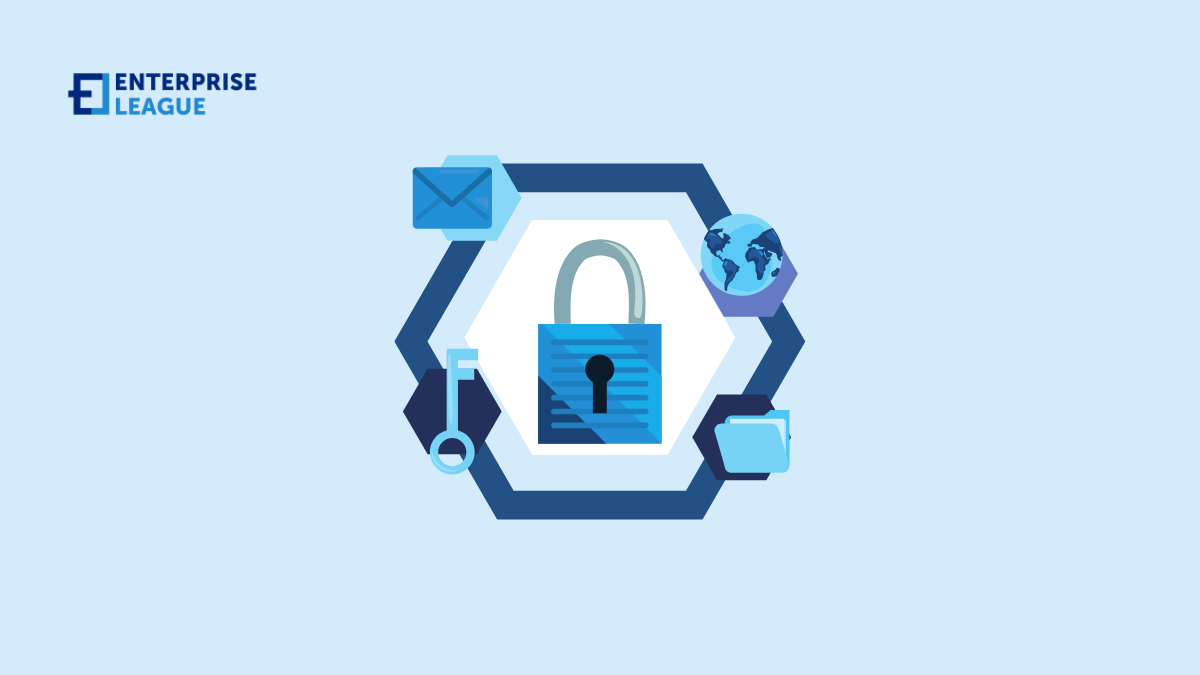Garage doors are essential for businesses with vehicles or inventory, helping prevent theft and improve insulation. Plus, their appearance can contribute to the business's image and reputation. That said, it's important to find the right professionals who can supply...

Handmade crafts for profit: 7 Creative ideas to make and sell in 2025
Handmade crafts for profit: 7 Creative ideas to make and sell in 2025
June 05, 2023

Handcrafted products are growing in popularity as an increasing number of consumers are looking to buy unique goods made with care. In fact, as a recent Statista study shows, the worldwide arts and crafts market is predicted to reach $50.9 billion by 2025.
If you’ve been thinking of selling crafts to earn extra money, either as a side project or as a full-time business, now’s a great time to begin. For that reason, here are seven ideas for creative and fun crafts you can make and sell to inspire your future entrepreneurial adventure!
Why you should consider starting a business with handmade crafts
Starting a business with handmade crafts can be a fulfilling and rewarding experience for several reasons. Here are several reasons why you should consider starting a craft business.
- Opportunity: Starting a craft business opens up exciting opportunities for creative individuals like you to turn their passion into a profitable business.
- Independence: By launching your craft business, you can enjoy the freedom of being your own boss and making decisions that align with your passion.
- Flexibility: Running a craft business allows you to set your own schedule, giving you the flexibility to prioritize your personal life and pursue other interests.
- Creative expression: Another advantage of the craft business is the opportunity to express yourself and show your creativity and uniqueness through artistic skills.
- Building a network: By showcasing your skills, you can establish connections with people who share similar interests, and customers who will appreciate and value your work.
- Additional income: A successful business can generate a steady income, offering financial stability and potential for business growth.
- Low startup costs: Compared to many other businesses, starting a craft business requires minimal investment.
- Work from home: Because of the initial minimum investment, you can start a craft business from wherever you like. That means you can operate from the comfort of your home without the need of collaborating with other workshops.
Profitable handmade crafts ideas to make and sell
Numerous handmade crafts ideas can be both enjoyable to create and profitable to sell. So, here are seven profitable ideas that will kindle your entrepreneurial spirit!
Knitted products
If you’re eager to sell crafts that bring warmth and comfort, starting a business centered around knitted products is an ideal choice. Whether you opt for simple or intricate designs, knitted items like beanies, scarves, blankets, sweaters, headbands, baby slippers, mittens, and bags offer excellent opportunities for your DIY craft venture. What’s more, these goods are easily shipped to customers, eliminating concerns about breakage during transit.
Prefer working with a crochet hook instead of knitting needles? Not a problem! All the products mentioned above can also be crafted using the crochet technique.
Jewelry
Handmade jewelry has long been a hit with consumers. Whether you enjoy making necklaces, rings, earrings, bracelets, anklets, or all of the above, it’s relatively easy to grow a jewelry-making hobby into a business.
Keep in mind that when selling crafts online, providing high-quality photos of your creations is important. However, your product photos will require even a bit more attention if you’re showcasing smaller items like jewelry. Be sure that the images show your jewelry from multiple angles and zoom in on the details to help potential customers better imagine the pieces in real life.
Candles
A year-round favorite, candles are enjoyed by people all over the world. Additionally, they help add to the ambience of the user’s home or workspace, and they also make a wonderful gift for nearly any holiday or special occasion. Consequently, your happy customers will have plenty of reasons to return for additional investments!
Moreover, with various options available for types of wax, wicks, containers, and scents, there’s lots of room for creativity with this craft idea. However, be sure to test your candle creations in small batches before you sell them, as it can take some time to get the formulas exactly right.
Beauty products
From solid soaps, bath bombs, haircare, and body scrubs to makeup, body lotions, lip balms, and other skincare, there’s an extensive range of possibilities for DIY beauty products you can make and sell.
Furthermore, according to Statista, the global market value for natural cosmetics and personal care was approximately $37 billion in 2022 and is expected to grow to $58.6 billion in 2031. With the increasing demand for organic and natural bath and beauty goods, creating items in these categories may be particularly profitable for your business.
Moreover, due to the nature of these types of crafts, you’ll want to verify that you’re using skin-safe ingredients in all of your concoctions. In addition, don’t forget to label your beauty products following your country’s specific regulations.
Pottery
If you like working with clay and making items that can be both decorative and useful, selling handcrafted pottery is an excellent idea for your future crafting business. Additionally, possible pottery products to consider offering include mugs, plates, bowls, plant pots, vases, and soap dishes.
On the other hand, one disadvantage is that it often requires a bigger initial investment. Specifically, a kiln is needed to heat and dry the clay, and kilns can be expensive and large in size. Nevertheless, if you don’t have the budget or space for this equipment, you should be able to find a studio that allows you to use their kiln for a fee.
Stationery
While it’s true that consumers aren’t writing each other letters and sending them in the mail as much as they used to, this doesn’t mean that the demand for stationery has disappeared completely. Moreover, many people still enjoy using paper goods to jot down notes, create lists, or send customized greetings for special occasions.
Stationery products such as notepads, greeting cards, calendars, planners, notebooks, etc., can all be profitable handmade crafts to make and sell. Additionally, to help drive sales, you might consider making all or some of your creations customizable. By allowing customers to choose the paper, font, and other design elements, you can create a unique finished product that suits their needs perfectly.
Wooden crafts
Becoming proficient in woodworking is a challenging endeavor since it requires dedicated time and effort to acquire the necessary skills. However, high-quality wooden creations can generally fetch higher prices than other types of crafts you can make and sell, especially if you’re designing custom pieces for shoppers.
Moreover, there are various choices available for the types of wooden items you can craft, each requiring different levels of expertise. Additionally, subscription boxes, musical instruments, children’s toys, birdhouses, signs, picture frames, kitchen utensils, and jewelry boxes are just a few of the possibilities to think about crafting for your business.
Conclusion
Starting a craft business can be a rewarding endeavor because there’s nothing better than combining your passion for creativity and earning money from something you love to do. So, embrace the opportunity to be your own boss, enjoy flexible work arrangements, and connect with a community that appreciates the value of handmade crafts. With low startup costs and a growing market demand, now is the perfect time to consider starting your craft business.
More must-read stories from Enterprise League:
- Importance of online privacy laws in the digital era and how they protect us.
- Some of the worst business ideas you should steer clear from.
- Unique and creative guerrilla marketing ideas for small businesses.
- Some of the worst business ideas you should steer clear from.
- Unique and creative guerrilla marketing ideas for small businesses.
Related Articles
Who Are the Top-Rated Garage Door Professionals in Charleston – 8 Options for Homeowners
Who Offers the Best Value Playground Installation Services in Georgia – 7 Options for Administrators
In Georgia, playgrounds are vital community spaces for children to explore, socialize and develop essential life skills. The demand for safe and engaging equipment is strong, making quality installation increasingly important. An expertly installed playground ensures...
Small Landscaping Businesses Disrupting Industry Giants With Remote Technology
Small yard care and garden maintenance companies have traditionally relied on word-of-mouth referrals and building strong personal relationships with local customers. Now, remote technology is transforming how these small businesses compete with major corporations. By...
5 Best Employer of Record Services in UK to Navigate Brexit Compliance
The United Kingdom offers a highly skilled, multilingual workforce with particular strengths in financial services, technology, creative industries, and life sciences. Despite Brexit's impact on EU labor mobility, the UK remains a global talent hub with strong...
The Mirage of the ‘Next Big Coin’ and How Price Hype Tricks Even Smart Investors
Every several months, a new coin becomes "the next Bitcoin" product. But beneath the headlines, the experience of tripping over hype is much more unpalatable. Spikes can dazzle the mind, but aftershocks find wallets a dollar lighter as lessons prove more difficult....















